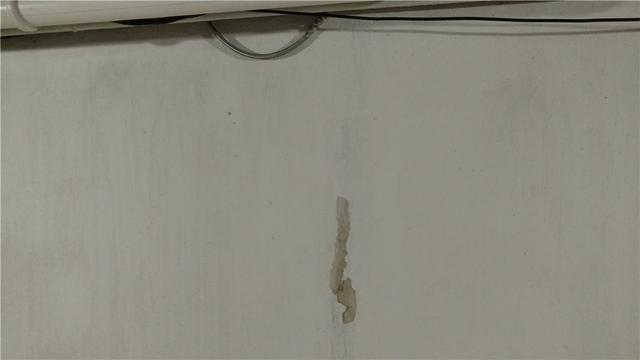
Water Stain Evidence of The Problem
Although there are no visible cracks, hydro-static pressure is pushing water through Brandon's basement walls. The water stain on this wall is visual proof that this is indeed the case.
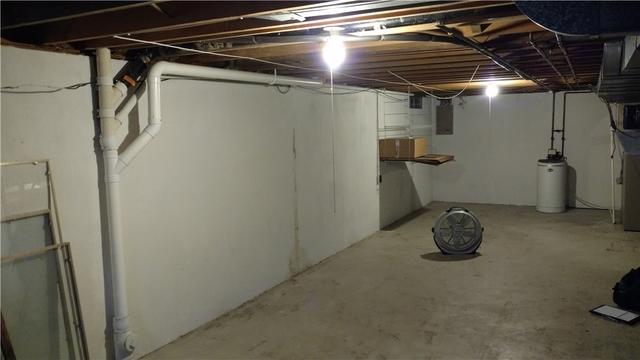
A Breeze of Suspicious Evidence
Water has unarguably been puddling on this floor. The fan in Brandon's basement is evidence that he has been trying to dry his wet basement floor for quite some time.
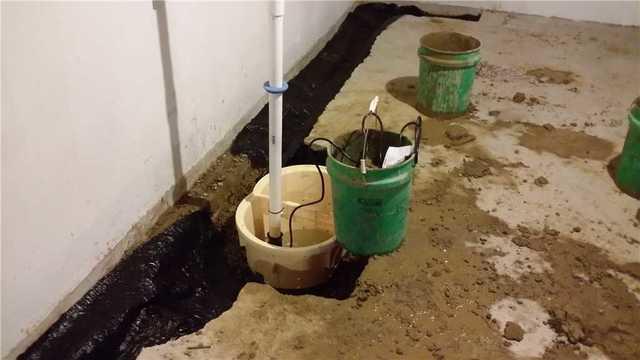
The Invisible Sump Pump
We discovered another issue plaguing Brandon's basement was the lack of a sump pump. SuperSump to the rescue! The SuperSump is a sump pump system that contains an air tight lid, floor drain, pump stand, and a pump alarm. These are the essential features needed to help keep a basement dry.
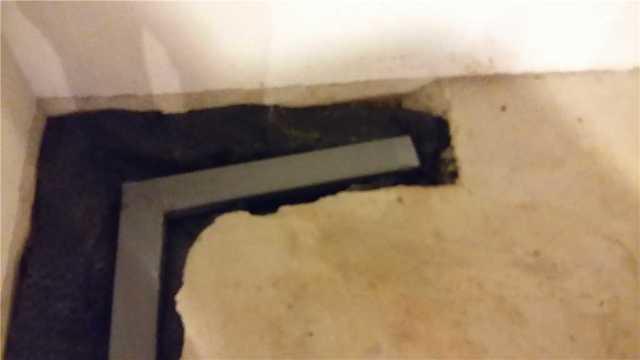
The WaterGuard Transformation Process
Concrete is removed at the base of the walls to expose the homes footing and to allow the installation process. Once the concrete is removed, the WaterGuard drain can be set into place.
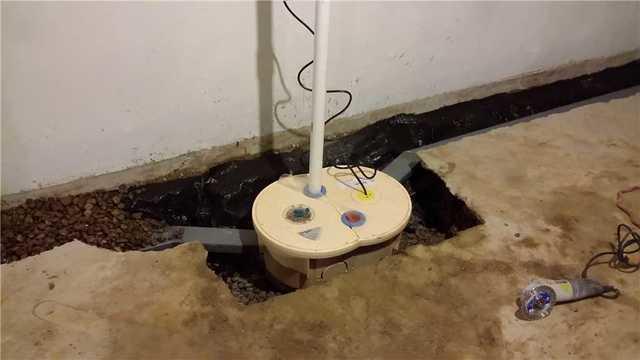
Finalizing the Installation Process
The WaterGuard lines are hooked up to the SuperSump to ensure that water collected is immediately directed up and out of Brandon's home.
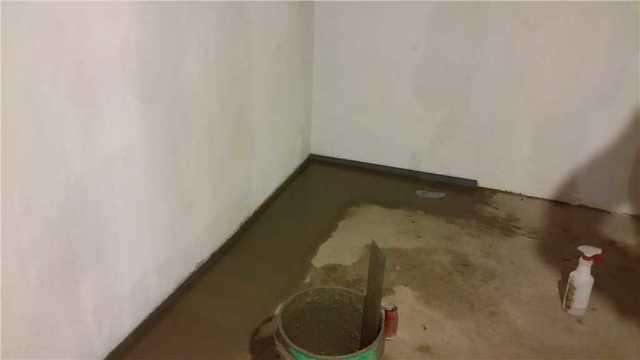
It's Time for Cement
After the WaterGuard drain is in place and drainage stone is filled in around it, concrete is replaced over top. The wall flange creates a small gap that allows moisture from the walls and cove joint to freely flow into the drain.
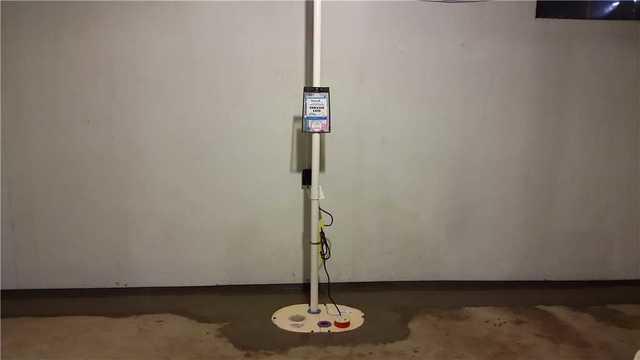
The Invasive Water Problems Have Been Solved
Once the concrete has been replaced, this concrete floor is once again seamless. The WaterGuard system goes virtually unnoticed and is a welcomed asset to the home. The SuperSump is level with the floor and close to the wall making it minimally invasive of the useful space in Brandon's basement.









